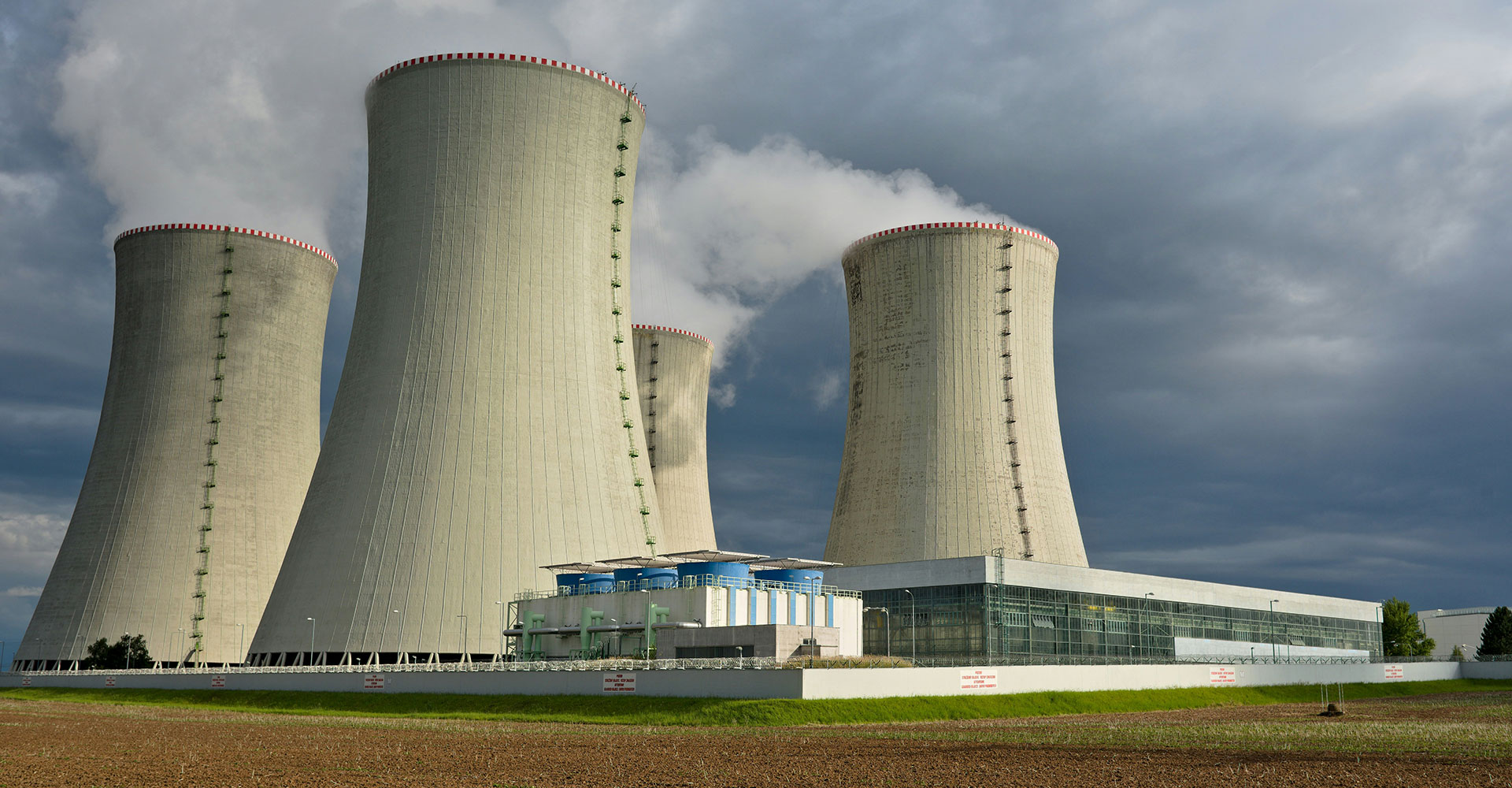Q3 2021 saw many record-breaking highs in the industrial real estate sector, with demand outpacing supply, rents soaring, and vacancies dropping lower than ever. New Jersey also saw an incredible 25% YOY rent growth, with Class A rents increasing 40% in 12 months in Northern NJ. This sector doesn’t look like it will slow down any time soon.
By the Numbers
Leasing volumes totaled 8.7 million-square-feet in Q3, bringing the year-to-date leasing volumes 20% higher than Q1-Q3 2020 to 34.8 million-square-feet. That number is especially impressive since 2020 held the previous record for leasing volume.
Vacancies hit a record low of 1.7% thanks, in large part, by a serious shortage in Class A space—with its vacancies sitting statewide at about 0.2%, the lowest level it’s ever been in the market’s history.
Also in Q3, developers broke ground in the state to construct an additional 7.9 million-square-feet of industrial space and bringing the total construction to 17.6 million-square-feet. Much of this growth occurred in the Port submarket, which saw 3.6 million-square-feet of groundbreaking begin in Q3.
Even with these numbers, however, 45.1% of the projects currently under construction are preleased. It’s quite possible that this new construction still won’t be sufficient to meet demand.
A Pandemic-Driven Growth Explosion
Even before COVID-19, increasing online sales had begun to drive growth within the industrial real estate sector. Ecommerce accounted for about 35% of industrial leasing prior to March 2020. Once the pandemic hit, however, driving an explosion in online shopping, demand for distribution space also grew exponentially.
This demand accounted for most of 2020’s industrial leasing—in fact, Amazon represented over 50% of total U.S. industrial absorption. And the giant company expanded its leasing from 236.5 million-square-feet of leased to 330.6 million-square-feet of leased spaces—YOY growth of 105.3 million-square-feet leased. The company also expanded its owned spaces (offices, physical stores, fulfillment and data centers and other properties) from 354.4 million-square-feet to a YOY growth of 3.6 million-square-feet more of owned space.
Amazon—and other companies—helped open the floodgates to a huge amount of investment dollars into the industrial real estate sector, with demand requiring it expand its infrastructure significantly.
Industrial RE Learns from the Office Sector
As the warehouse demand grows, logistics property developers and designers are also recognizing the need to focus on ergonomics and employee wellness. Worker demand will continue increasing as the expanding infrastructure requires additional fulfillment professionals and warehouse personnel. To compete in an already tight labor market, warehousing companies should embrace a human-centric approach to providing safer, healthier, and more worker-friendly environments for their employees.
The investment will pay off in dividends with enhanced productivity in warehouse operations—and empower workers to focus their energy on fulfillment and problem-solving. Robotics can work in concert with human counterparts, performing repetitive, monotonous tasks that require little analysis and strategy.
For those “last mile” warehouses and ecommerce distribution centers, moving closer to the urban core makes good sense, too. But land in those areas is often in tight supply—which creates parking challenges for employees. In larger cities with decent public transportation systems, these centers should offer shuttle service for commuting workers. So as the planning for new centers continues, developers should work to cultivate a symbiotic relationship with the communities in which they’re building via career building, community outreach, and the use of public spaces.
Consumers Expect Continued Convenience
Thousands—maybe millions—of Americans grew accustomed to shopping online during the pandemic, and even as it becomes safe to resume in-person shopping, many customers will likely continue to browse and buy online.
To keep pace with same-day, one-day, or two-day delivery expectations, however, has required many retailers to invest in and expand their ecommerce distribution networks, focusing on specific needs including:
- Labor, because larger distribution centers will require a bigger (and trained) workforce
- Proximity, which may prove challenging with a scarcity of land near densely populated areas or urban cores, but which may be most practical cost-wise for final-mile distribution
- Scale, such as large distribution centers with the parking to accommodate both employees and truck drivers
- Speed to market, as the average ecommerce distribution centers should achieve operability within four months of purchase/build
Achieving all four of these requirements, however, poses quite a challenge. Developers may have more success finding affordable space they need to build giant distribution centers not in urban areas but in rural communities. Retail-to-industrial developments provide another possibility.
Regardless of the approach, investment capital in this sector has created “a massive pipeline of speculative industrial developments that will offer speed to market,” according to Area Development.
What Will 2022 Bring?
Most experts believe continued demand and limited availability will continue into 2022. One company is tracking 70 requirements of a total of 30.2 million-square-feet, a 16.6% rise quarter-over-quarter.
Because of the tight squeeze for space, tenants need more time to find spaces to fit their requirements. Average search times increased 38.8% since January 2021. With extremely low vacancy rates, tenants may focus their searches in areas—like the Port and Burlington County—where additional construction projects have begun.
Distribution centers will remain in high demand for businesses of all sizes. Maintaining customer expectations of quick deliveries will require companies to build networks of distribution centers that span cities, rural areas, and highways. And the growth is unlikely to slow during the first half of 2022—and most likely beyond.
If you’re an investor exploring the industrial CRE market, Randy Horning and Darren Lizzack, of NAI James E. Hanson, can help, as can the members of CREA United’s Industrial Real Estate group. This group includes industry individuals who collaborate to serve the same clientele in complementary capacities, whether you need a new space, must refurbish an existing space, require funding or financing or insurance, and much more.

